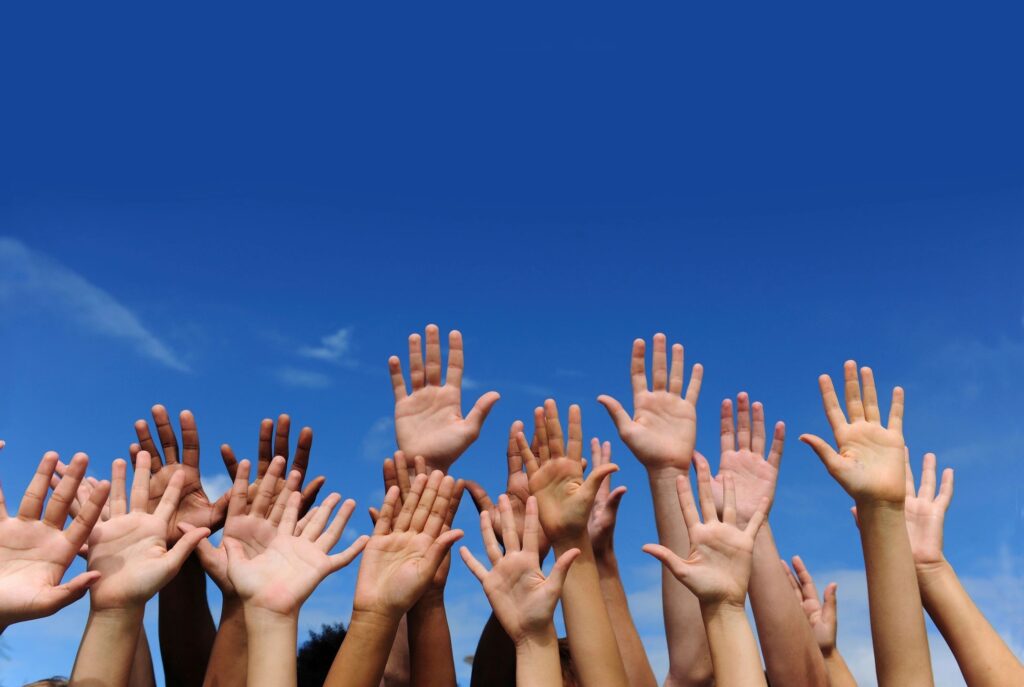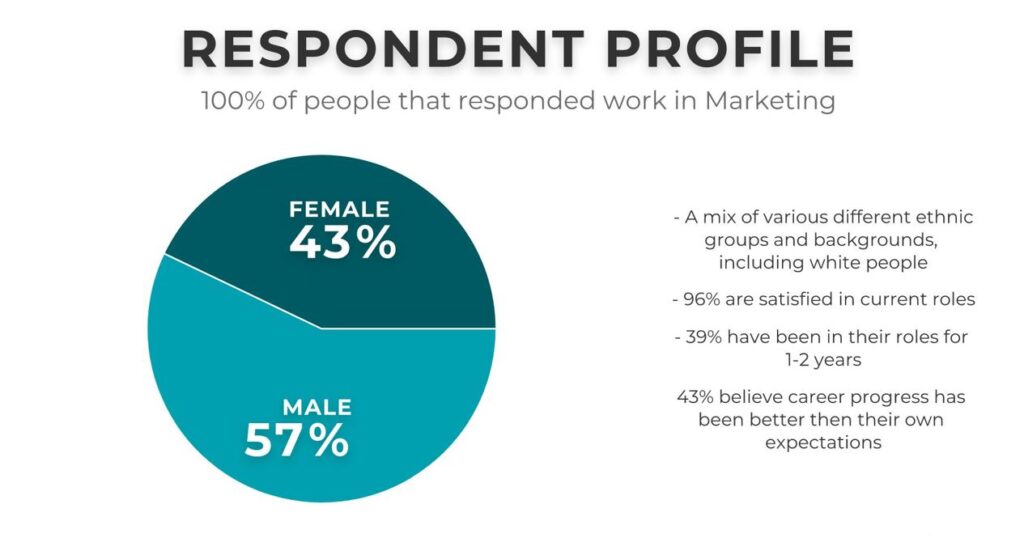
Introduction
Diversity and inclusion. It’s certainly a very important topic at the moment, and I hope it continues to stay so. In this post, I’ll go over some things I’ve learned from looking into this in-depth, over the last year or so.
Before I get into it, I want you to read the below, and before scrolling any further, consider what you think the answer could be:
Two boxers are in a boxing match. The fight is scheduled for 12 rounds, but ends after 6, after one boxer knocks out the other – and yet, no man throws a punch. (This ISN’T kickboxing by the way). How is this possible?
We’ll get back to that shortly. I’m here talking to you about diversity and inclusion – specifically about people of colour. Where gender is involved, as a man I am certainly not qualified to tell you about the experiences of women in this sector. My good friend Areej is though, and she is the founder of Women in Tech SEO. If you haven’t heard of them, I strongly recommend you check the site (once you’ve finished reading this of course!).
It’s important to note the differences between diversity and inclusion. They are not the same. The best way I have seen it described is as below:
The difference between diversity and inclusion is being invited to the party, and having a great time at the party.
Background and Ignorance
(I’ll put you out of your misery if you aren’t willing to scroll further and learn more about diversity and inclusion. The answer to the boxing question is this – they were female boxers – were you thinking of only male boxers?)
I think it’s important to frame what I speak about in relation to the industry specifically, by first talking about the concept of ignorance in a wider context. Here’s an example, a tweet from the University of Oxford in January 2020:
Taking that at face value, and looking at the image of a young Black student, immediately, you’re led to believe that they are leading the charge in terms of diversity and inclusion right? If you disagree, read the first sentence of that tweet again, and if you STILL disagree, read the first four words and look at the image. People online rightly did some digging, and found out that this was misleading, causing the University to respond:
So why exactly does this happen? There are numerous examples of this, I’ve given you only one here. I believe it’s down to ignorance. For me, although there are varying types of ignorance, I’m going to focus on what I believe the three core types below.
Invincible Ignorance
Invincible ignorance is a form of ignorance where you don’t know something, and you can’t possibly know it, so you absolve yourself of moral responsibility for it. Let me give you an example of this.
If we were having a debate about the shape of the earth, typically there are two main sides, right? Team flat-earth and team round-earth. If I said something like “Earth is flat, that is it – end of. There’s no need to continue the debate because no matter what you say, I’m standing firmly on this side, and I’m not prepared to discuss it.”
Vincible Ignorance
Vincible ignorance is a form of ignorance where you don’t know something, and you could possibly know it. Let me give you an example of this.
We could again be having a conversation and I might ask you what caused World War 1. That’s something that in this example, you don’t know – but it’s simple enough for you to go away and find out, right? Thanks Google.
Affected Ignorance
Affected ignorance is a form of ignorance where you don’t know something, you could know it, but you choose not to know and actively try and remain ignorant. Let me give you an example of this. “All lives matter.”
Now that I’ve shared that with you – think back to your own experiences in relation to diversity and inclusion in the marketing sector regardless of your skin colour, and let me know which ones you’ve experienced.
Industry Survey
Last year, I decided to poll the industry directly, and anonymously review how they felt about diversity and inclusion. Here is the make-up of respondents:

The survey attracted a lot of responses, from a variety of people in terms of their background, gender, and length of time in the industry. Some of the answers I saw really shocked me as a person of colour. Let’s break down some of these key findings.
43% of people who responded do not believe their organisation has an inclusive culture.
That in itself, is terrible to read in my opinion. Do bear in mind, this survey ended before George Floyd was murdered, and the Black Lives Matter movement continued its rise globally, and helped to highlight the disproportionate treatment of Black people. I was expecting the result of that question to be bad – but not THAT bad.
Next, I asked is there a lack of diversity and inclusion within the industry – and no surprise, 91% felt that there was. As part of the survey, I gave respondents the opportunity to add free text about their feelings. An anonymous Indian male said:
“My organisation tries to demonstrate they have an inclusive culture through programs and initiatives to promote diversity and inclusion but when you look beyond the surface at the actual data, the number of BAME employees in senior positions, the numbers don’t necessarily stack up.”
I also asked if organisations that people worked for tried to address the diversity and inclusion gap between BAME and White staff.
Only 43% said yes.
48% said no.
9% were unsure.
More negatives than positives. We clearly have a long way to go when it comes to diversity and inclusion.
One of the few positives from this part of the survey is that an anonymous White female said:
“In my organisation we are making huge efforts to be inclusive and I am absolutely thrilled that this is well reflected not just only within the Marketing team but across the whole company.”
The next question is the one I was looking forward to seeing the results of most, although part of me didn’t want to. I specifically asked if people felt the colour of their skin played a part in their career progression.
62% believe that their identity/ethnic background has affected their career opportunities.
This was really difficult to read. If I broke this data down further from the results, there were some really startling numbers:
- 50% of White females feel that their career progress has been better than they expected. Given that there is a lot of attention (and, rightly so) on the gender pay gap and the disparities in pay between men and women – this one definitely surprised me. One of these respondents said “being white in this industry has had a positive impact” – a clear recognition of privilege.
- White males who’ve been in the industry for over 5 years feel that their career progress has been below their expectations.
- Every Black person who responded stated that they were unhappy in their current job, and progress was below their expectations. When asked (separately) if they felt their identity had an effect on this, they all said yes.
I ended the survey by leaving an open text box simply asking what we, as an industry, can do to improve the levels of diversity and inclusion. Some of the comments I agreed with, and some I didn’t.
“We should encourage BAME who are interested in marketing when they are choosing what to study.”
That was put forward as a response. I completely disagreed with it when I read it. If you’re wondering why, my answer is simple. If as an industry, we are not addressing the huge diversity and inclusion issues by hiring and promoting the BAME/POC talent we have already – what incentives/aspirations do younger marketers of colour have to want to get into the industry?
“Larger agencies have more diversity – maybe it’s a size thing?”
Again, wholeheartedly disagree. As a person of colour, this is telling me that if I want to work in an agency that I feel addresses the diversity and inclusion issue well, I have to go and work for a big agency? What does this say about smaller agencies?
“More is done regarding the gender gap between white men and white women than any intersections with race. We should call out discrimination so that those who are afraid to speak out feel more comfortable.”
Fully on board with this. I couldn’t agree more. If you are a Black marketer who is female, there is a very high likelihood that you are drastically underpaid in comparison to a White female, and even further than a White male.
Conclusion
The sector clearly has a long way to go in order to improve itself in terms of diversity and inclusion.
In terms of recommendations for what can be done next, I simply cannot put it better than what I have seen from “600andrising”, some of which I have summarised below:
- Go public, properly. Say you will achieve [x] by [x] date.
- Measure, and release yearly diversity data, and create accountability.
- Provide extensive bias training to HR and all senior management levels.
- All leadership to be involved in diversity and inclusion initiatives, and tie their success to their bonuses.
- Create a diversity and inclusion committee of Black and NBPOC employees to monitor progress.
- Introduce wage equity plans, to ensure Black women, Black men, and people of colour are being paid fairly.
I can’t end this blog without mentioning SearchPilot, who’ve recently released a public analysis into this here. A giant step forward.
I truly believe the time for awareness has long gone. It’s now time to act.
This is a write up of part of a webinar I delivered with thanks to the great team over at Noisy Little Monkey. If you want to see the full webinar, check it out here.
If you liked this post and would like to see more of my content when it’s released, please sign up below:
Pingback: Diversity and Inclusion at Marketing Conferences | Blog